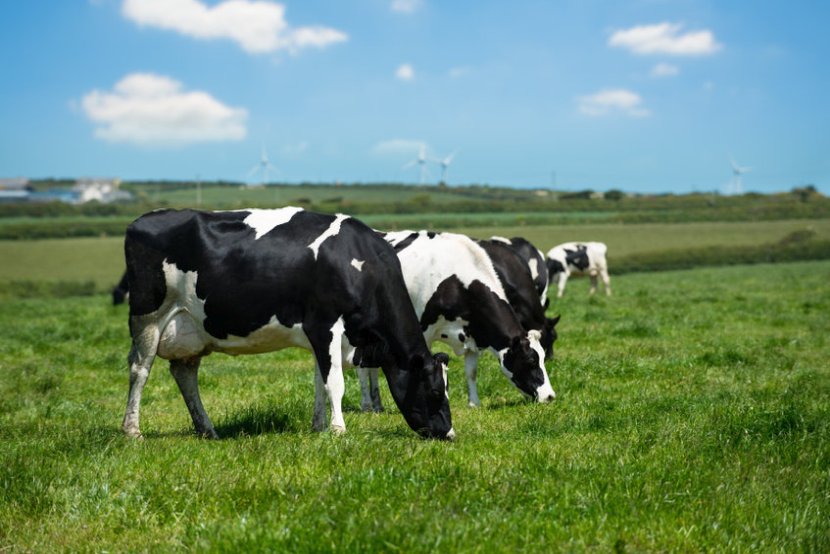
New sustainability pledges for UK dairy farming have been announced, with industry groups setting a minimum standard for improvement across the sector.
The UK Dairy Roadmap group, which consists of Dairy UK, the NFU and AHDB, unveiled the industry's climate ambition as the COP26 summit gets underway in Glasgow.
The Roadmap's new report sets out the dairy industry’s support for reducing greenhouse gas emissions and limiting global warming.
Specifically, the sector plans to reach net zero carbon by 2050 and 'maintain positive actions' which reduce climate warming caused by methane and nitrous oxides.
In the UK, agricultural emissions are placed at 10% of the nation’s GHG footprint, with dairy emissions estimated to account for less than 3% of the total footprint.
This is compared to other sectors such as transport (27%), energy (21%), business (17%) and residential (15%).
Looking to lower emissions further, the report says the sector will set out a 'robust' GHG footprint for UK dairy and a framework for measurement and collation of dairy farm environmental data.
A set of dairy sector key performance indicators (KPI) linked to GHG emissions will also be developed, alongside accompanying guidance to support wider measurement and improvement.
The report says a modelling exercise on the 'dairy farm of the future' must also be completed to better understand the changes required by farms to move towards a low-carbon future.
Globally speaking, dairy contributes around 3.4% of the total global emissions, however, the UK dairy sector is recognised as a global leader in low carbon dairying.
The carbon footprint of UK milk is placed at 1.25 kg CO2e per litre, only 43% of the global average, according to the UK Dairy Roadmap.
The latest available data shows that the largest proportion of UK dairy emissions, have been attributed to emissions from enteric fermentation (45%) and from feed (28%).
Beyond this 11% of emissions are linked to fertilisers, 10% to manure handling, 4% to energy production and the remaining 2% to other sources.
Paul Flanagan, dairy sector director at AHDB said: "We’ve already made big strides in reducing the environmental footprint of the entire dairy supply chain and we must not be shy about telling that story.
"However, the opportunities for more sharing of best practice and innovations are huge, and we can accelerate these through collaborations like the Dairy Roadmap.”
NFU dairy board chairman, Michael Oakes highlighted the work that was already being done on UK dairy farms to address the challenge of climate change.
"We are engaged in initiatives to reduce the carbon footprint of dairy, such as improving productivity, efficient use of nutrients and incorporating renewable and bioenergy systems on farm via solar panels and anaerobic digesters."
